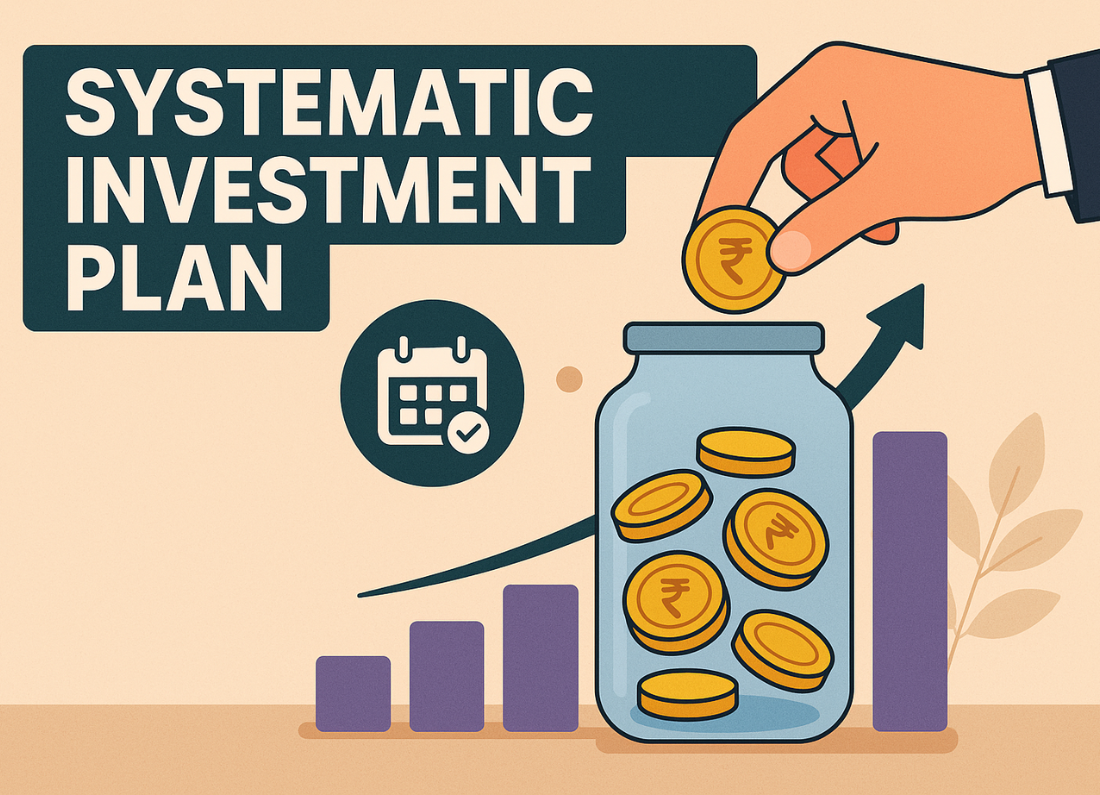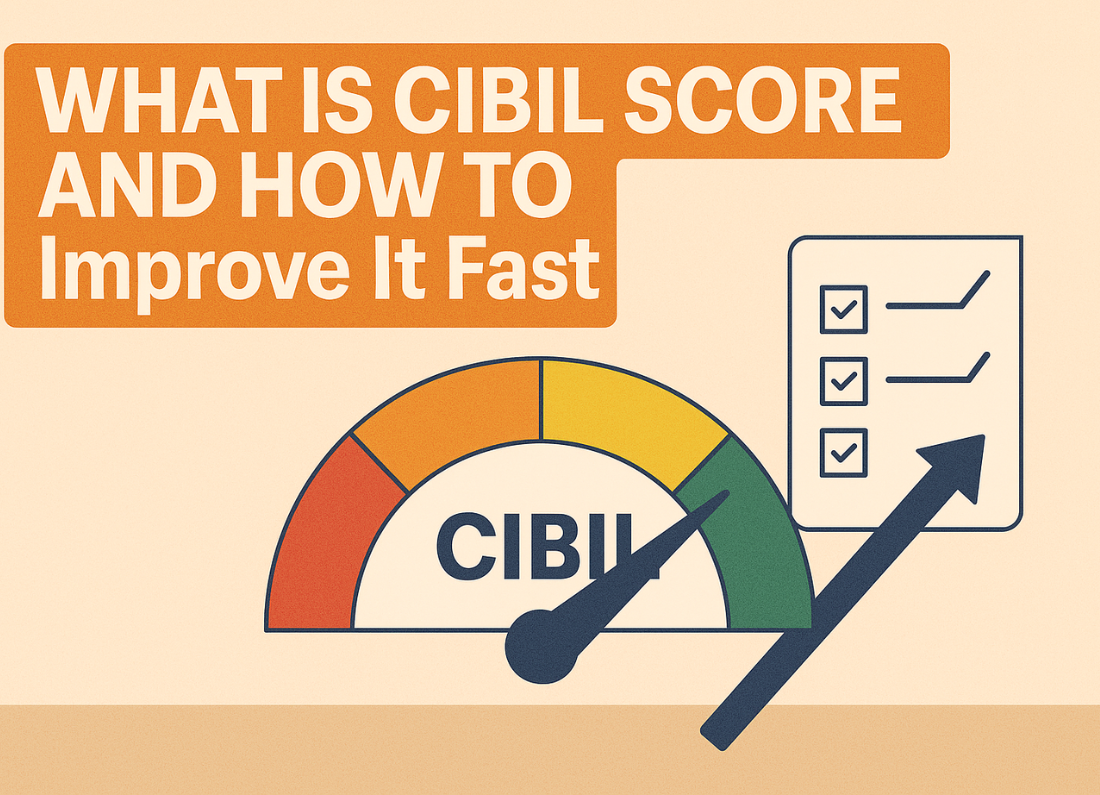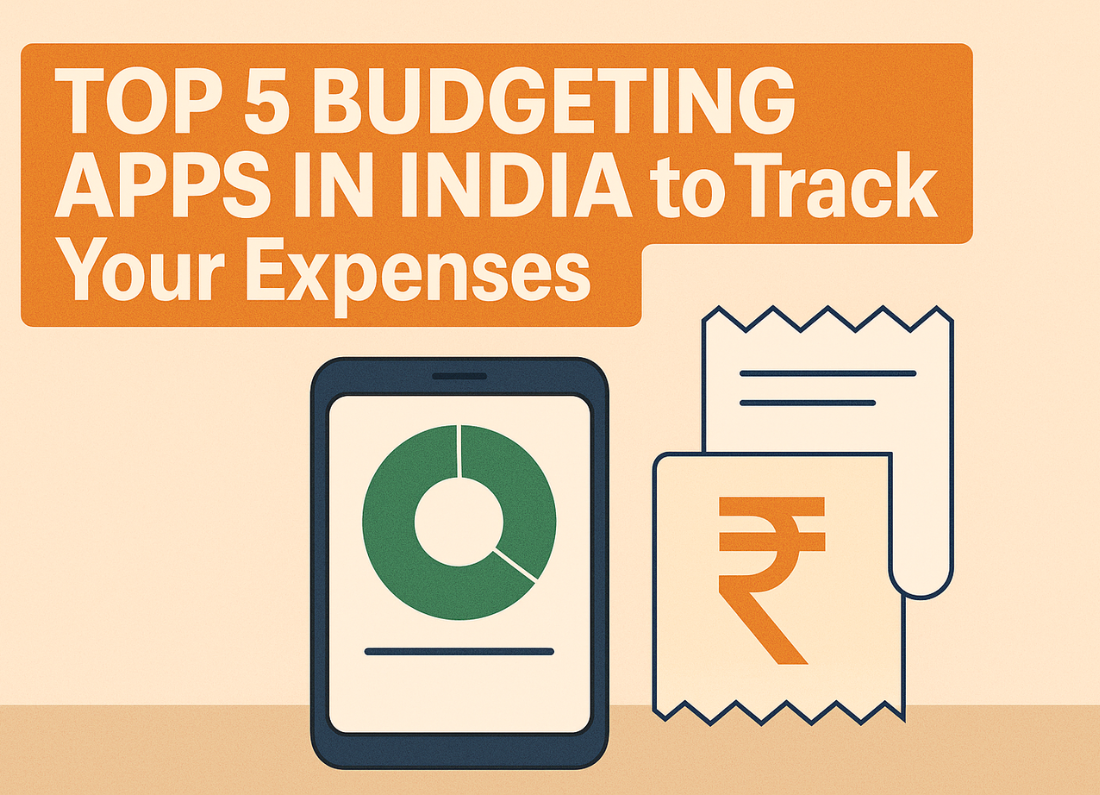📍 Introduction
In today’s world of smart investing, Systematic Investment Plan (SIP) has become a buzzword among young professionals, middle-income earners, and even seasoned investors. But what exactly is SIP? Why has it become one of the most preferred ways to invest in mutual funds in India?
This article will simplify SIPs for you—covering what they are, how they work, their benefits, and how you can start one with as little as ₹500 per month.
🧠 What Is SIP?
SIP stands for Systematic Investment Plan, a disciplined way to invest in mutual funds. Rather than putting a lump sum at once, SIP allows you to invest a fixed amount periodically—monthly, weekly, or quarterly.
💡 Think of SIP like a recurring deposit, but for mutual funds.
Through SIP, the investor automatically buys a certain number of fund units every interval, which helps average out costs and builds wealth steadily over time.
⚙️ How Does SIP Work?
Here’s a simplified step-by-step breakdown of how SIP works:
- You Choose the Fund: You select a mutual fund based on your financial goals and risk tolerance.
- Set the Amount and Duration: Decide how much you want to invest and for how long.
- Auto Debit Facility: The amount gets debited from your bank account on a chosen date every month.
- Units Are Purchased: Based on the NAV (Net Asset Value) of that day, fund units are allotted to you.
- Wealth Accumulates: Over time, your invested amount + returns (via market performance) grows into a sizable corpus.
📈 Real-World SIP Example
Let’s say you start an SIP of ₹5,000/month in an equity mutual fund that gives you an average return of 12% per annum. Here’s how much you’d earn:
| Time Period | Total Invested | Approx. Value (12% return) |
|---|---|---|
| 1 Year | ₹60,000 | ₹63,400 |
| 5 Years | ₹3,00,000 | ₹4,01,300 |
| 10 Years | ₹6,00,000 | ₹11,61,700 |
| 20 Years | ₹12,00,000 | ₹49,91,000 |
💡 Conclusion: Starting early and staying invested for the long term amplifies your returns via the power of compounding.
🔍 Types of SIPs
There are different types of SIPs available to suit different goals:
1. Regular SIP
- Fixed amount is debited regularly.
- Most common and beginner-friendly.
2. Flexible SIP
- You can change your SIP amount based on your cash flow.
- Useful for freelancers or business owners.
3. Top-Up SIP
- You can gradually increase your SIP amount (e.g., increase by ₹500 every year).
- Helps align with income growth.
4. Perpetual SIP
- No fixed end date. You can stop it anytime.
- Great for long-term wealth building.
✅ Benefits of Investing Through SIP
1. Disciplined Saving Habit
- SIPs inculcate financial discipline by auto-debiting money every month.
2. Rupee Cost Averaging
- You buy more units when the market is low and fewer when it’s high—averaging out the cost over time.
3. Power of Compounding
- Small monthly investments compound over time to create big wealth.
4. Convenience
- Set it and forget it. No need to time the market.
5. Low Entry Barrier
- Start SIPs with as little as ₹500/month.
🧾 SIP vs Lump Sum Investment
| Criteria | SIP | Lump Sum |
|---|---|---|
| Risk | Low (averages market volatility) | High (market timing matters) |
| Investment Mode | Periodic (monthly, etc.) | One-time |
| Best For | Salaried investors | Investors with a large corpus |
| Market Timing Risk | Negligible | High |
🛠️ How to Start an SIP in India
Starting a SIP is now easier than ever with digital platforms. Here’s a quick guide:
Step 1: Choose a Platform
- Use investment apps like Zerodha Coin, Groww, Paytm Money, ET Money, or Kuvera.
Step 2: Complete KYC
- Aadhaar + PAN-based eKYC is enough to get started.
Step 3: Select Mutual Fund
- Choose based on your goal (equity for long-term, debt for short-term).
Step 4: Set Investment Details
- Choose amount, start date, frequency (monthly), and duration.
Step 5: Mandate Bank Auto-Debit
- Link your bank account for auto-deduction of SIP amount.
💬 Common Mistakes to Avoid in SIP
- Stopping SIP during market correction – Stay invested for long-term benefits.
- No goal-based planning – Always have a purpose (e.g., retirement, education).
- Checking returns too frequently – SIP is not for short-term tracking.
- Ignoring fund reviews – Reassess your fund’s performance every year.
🧮 SIP Calculators: Estimate Your Future Wealth
Use free online SIP calculators from platforms like:
- Groww SIP Calculator
- ClearTax SIP Estimator
- AMFI’s official calculator
These help you set realistic financial targets and track progress.
📚 Suggested Reading:
🧠 Conclusion
SIP is not just an investment tool; it’s a financial habit that can transform your life. Whether you’re saving for your dream house, child’s education, or early retirement, SIP gives you a simple, flexible, and powerful way to grow your money. Start early, stay consistent, and watch the power of compounding work wonders.














Leave a Reply